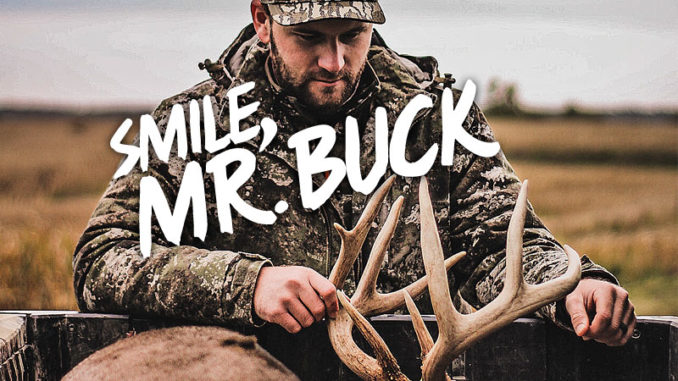
Lessons from photography: how one outdoors photographer gets up close and personal to trophy deer and how it can help hunters.
Have you ever opened a magazine and wondered how photographers capture such perfect images of trophy game? How do they get so close to wise, old bucks without alerting them? And look at that perfect broadside shot….
Jordan McEntyre of Pineville, who specializes in outdoors photography and videography, knows a thing or two about getting close to wildlife. Whether he’s in the woods with a rifle or a camera, putting himself in the right place at the right time is par for the course.
November brings the joys of the deer hunt, and to that end, some old tricks never go out of style. But a cutting-edge hunter is always willing to incorporate new information into his process. Improvement in any discipline — including hunting — often requires outside-the-box thinking and a willingness to mine knowledge from the experiences of other players on the field.
The photographer’s perspective is unique. In addition to locating game, he or she must be concerned with other factors, like light and composition, that don’t often figure into a hunter’s planning.
Here are a few things McEntyre thinks about when planning a hunt, whether he’ll be in the woods to capture stunning photographs or to fill his tags.
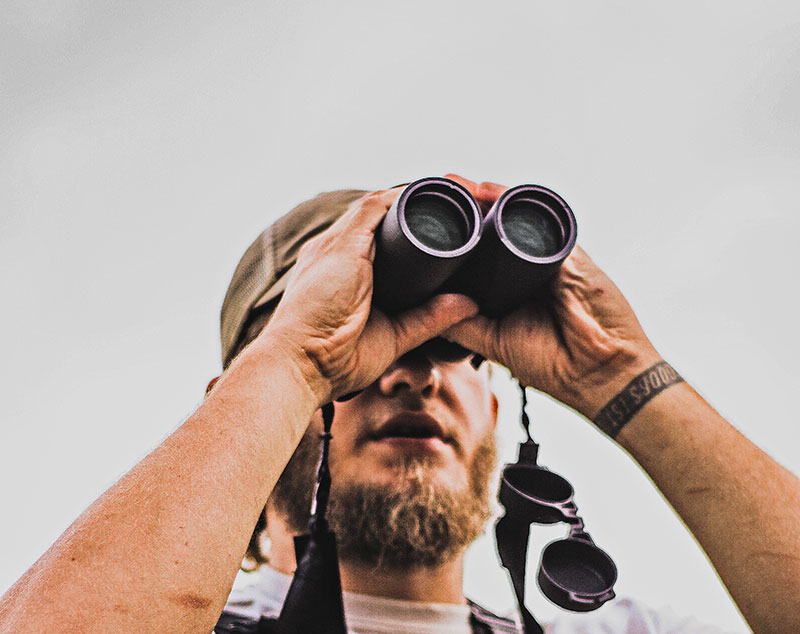
Scout early
“Do the bulk of your scouting in late-summer,” he said. “The earlier the better, really. If you can find the natural travel patterns of the deer, you’ll produce greater success in November and December, a time when everything is kind of falling off and the squirrels and other animals have gotten to the feed,.
“The timing will depend on the acorn crop this year, but if you can really focus on natural travel, you won’t be dependent on food.”
Key in on trails between thickets and resources, especially water. Deer adapt to seasonal conditions, food availability and hunting pressure, but they are also critters of habit, and like humans, they tend to choose the path of least resistance when not pressured to do otherwise. This means that many trails will be used throughout the year. Scout these areas early and limit your activity to the use of game cams in the weeks leading to your hunt.
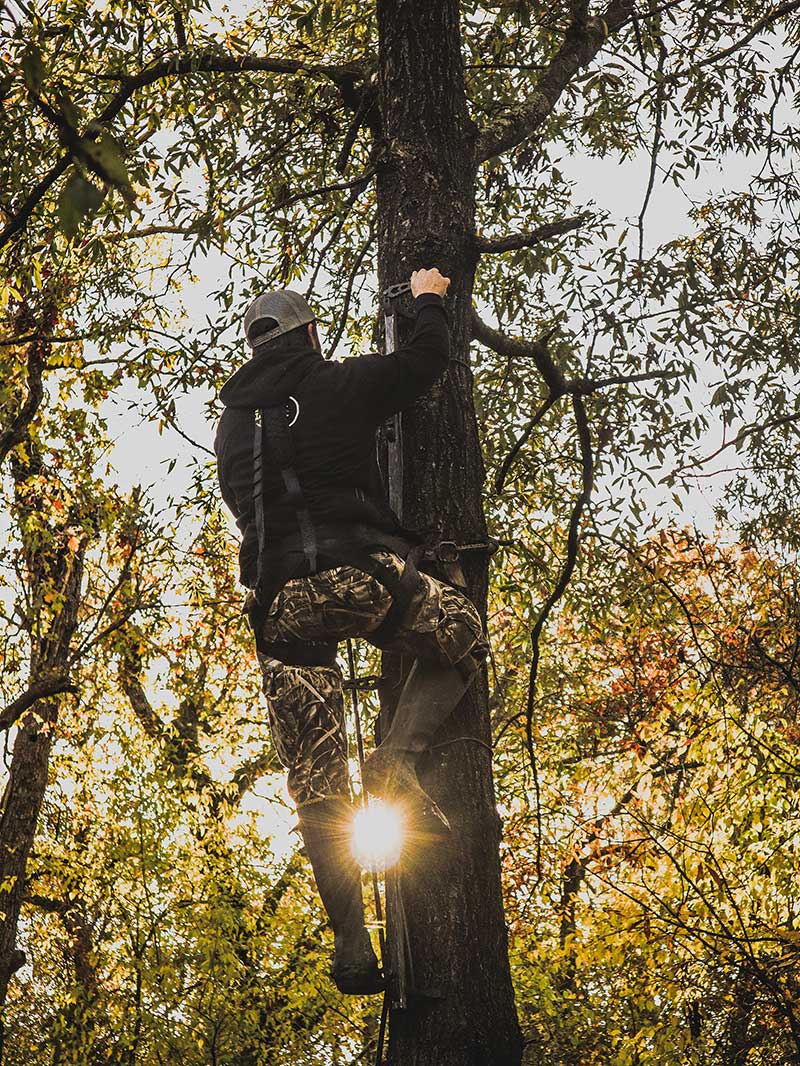
Use pressure
“Everybody wants to start hunting in November, because it’s not as miserable to be in the woods,” McEntyre said. “And as more hunters enter the woods, the pressure on the deer population increases. Deer naturally gravitate to areas of low pressure and then lock down during these times, especially during pre-rut.”
Remember, wildlife doesn’t live in a vacuum. From a deer’s perspective, hunters are an environmental hazard, and it’s good to think of hunters the way the deer do. Just as you must consider resources and cover when planning a hunt, you should consider where deer are likely to encounter pressure from other hunters.
“Under pressure, they won’t move as much, especially in pre-rut, and they are more likely to get active at night,” McEntyre said. “So you’ve got to get in close, in their house, so to speak.”
Determine what areas are likely to be hunted heavily and predict where the deer safe spaces will be. Lean on the scouting that you did earlier in the year, so you don’t disturb these areas.
“You should know the terrain and resources in the vicinity from the work you put in early,” McEntyre said. “If you’ve put out a game cam, let it be your eyes; limit boots on the ground.”
Hunt the wind
During the scouting phase of your hunt, come up with a game plan for dealing with the wind. Choose contingency hunting locations for different weather conditions. Many hunters remain loyal to a particular stand when they should be promiscuous.
“If the wind is not right for hunting a stand, it’s counterproductive to go anywhere near it,” McEntyre said. “You may think you’ve got to hunt there, but you really need to hunt the wind.”
Hunt where the wind helps you. It’s true that wind direction can change while you’re in the woods, but never go to a stand when you know that wind conditions may not be favorable. You may get a deer there, or you may not, but you run the risk of alerting deer to human activity right where you want them most comfortable.
“If you fail to scout multiple locations and game-plan for wind conditions, you’ll be stuck in whatever spot looked good a week before the hunt, McEntyre said. “Conditions change, and you’ve got to be able to take advantage of what nature gives you, not (handicapped by it).”
Food sources
It never hurts to set up on an active food source in an area free of other hunters. If acorns are falling, deer will be interested in eating them.
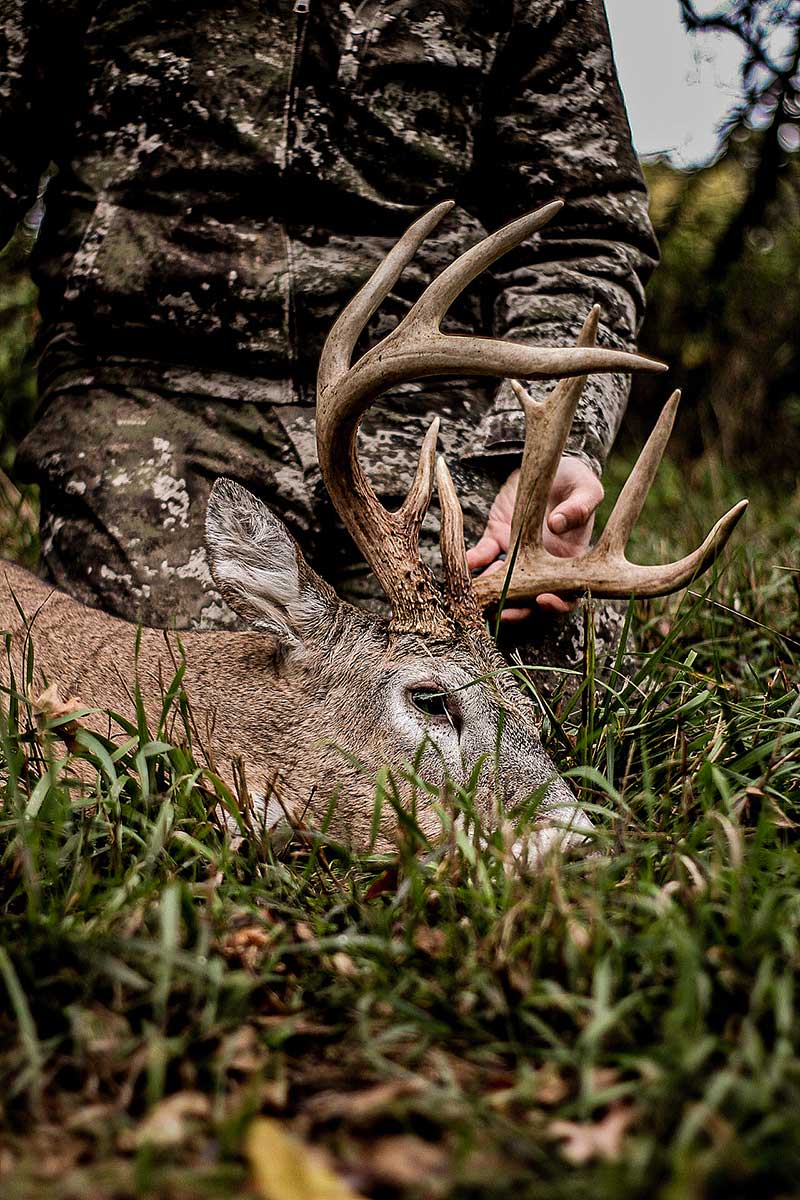
Take better photos
The proliferation of smart-phone technology has put a capable digital camera in everyone’s pocket and made professional-quality digital cameras less expensive. These developments have democratized photography, expanding the Average Joe’s ability to capture great images.
But smart-phone cameras and editing software can only do so much. What can you do to improve your pictures? Here are McEntyre’s tips for better wildlife photography.
“It all comes down to knowing how to use your equipment before you enter the woods,” McEntyre said. “When the time comes to photograph a deer — or any other animal — you’ll often have a split-second to get the shot.”
A deer won’t wait for you to fumble with your settings.
Learning the settings on your camera will also lead to better quality pictures straight from the camera. This means you’ll only have to make small adjustments in post-production.
“You want to capture an image that’s true to the eye,” he said, “and the way to do that is to control the light sensitivity of your camera.”
People can spot a poor image that’s been edited into a cartoon.
“One day, you’ll be photographing beneath an overcast sky, and the next, you’ll be working beneath bright, blue-eyed skies with the sunlight beaming straight down,” McEntyre said. “You have no control over lighting in the woods, so it’s all about knowing what camera settings are required to produce the best picture in whatever light nature gives you to work with.
“So, you’ve got to spend as much time behind the camera as you can,” McEntyre said. “Get out in the woods and photograph in different light conditions.”
Keep a record that includes a description of the light present during a given shoot and the camera settings for each photograph you take. The record will give you a sense of what works and what doesn’t.
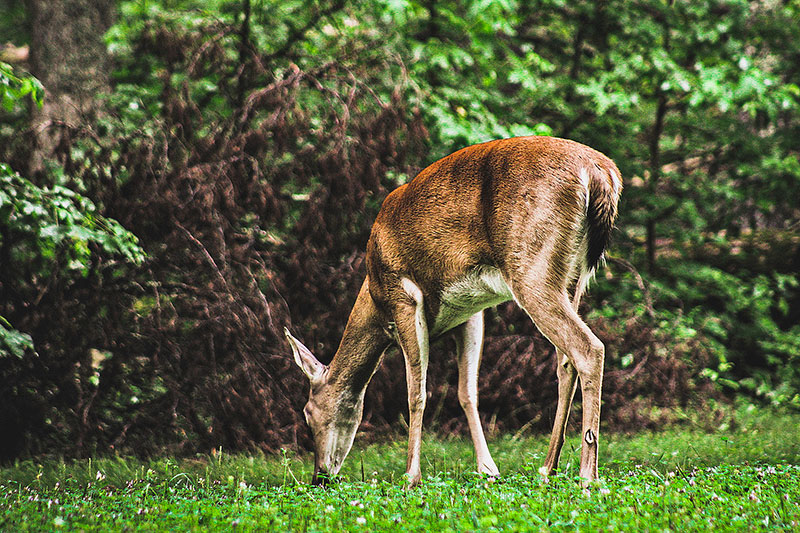
“You’d be surprised how often a photograph captured with my iPhone is shared more on Instagram than photographs I’ve taken with my (professional equipment),” McEntyre said. “It can be humbling when it happens, and it just shows that opportunity and a grasp of the fundamentals can matter more than equipment.
“Trust your eye.”
People have a natural sense of composition. We have been bombarded with media since birth, and all of it is arranged to suit the eye: the TV shows we watch, the advertisements we see, and the layout of this article in the magazine. Don’t be afraid to trust your instincts.
“And post on Instagram every day if you can,” McEntyre said. “Pay attention to what gets noticed and what doesn’t.”
Ditch what doesn’t work in favor of what does.


